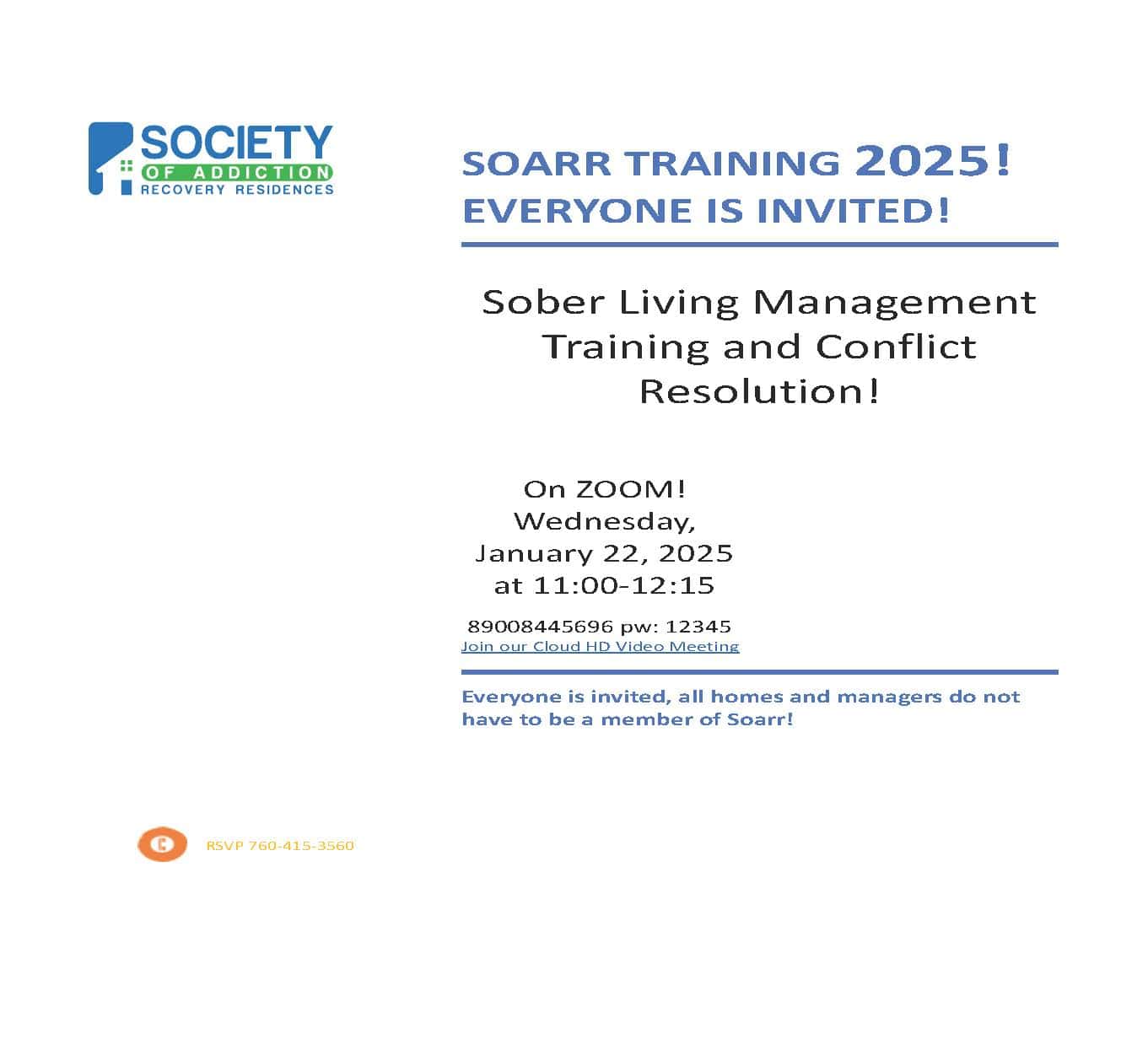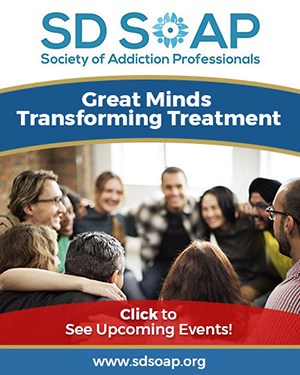Prop 36, also known as the “Homelessness, Drug Addiction, and Theft Reduction Act,” passed by California voters in 2024, has been in effect for several months. With the new law, people arrested for nonviolent drug offenses are supposed to get treatment instead of going to jail.
In December 2024, the law went into effect, offering addiction treatment to arrestees. Many voters felt that “allowing” homelessness and visible addiction on the street was coddling people who needed help. The Act, proponents said, would bring tough love and more ways to get treatment.
Sadly, though, it’s not working the way it was meant to.
What’s Happening in San Diego With Prop 36?
By February 2025, San Diego had performed over 400 arrests related to Prop. 36. However, very few of these cases led to actual drug treatment referrals. It took the county four months to even set up a process to connect arrested people with treatment programs. Even then, many people were not referred to the help they needed. The trouble with the local community’s treatment and justice infrastructure needed to be solved, and coordination was spotty.
Why Aren’t People Getting Help?
Several problems have made it hard for Prop. 36 to work as intended in San Diego:
- Slow Setup: The county took months to create a system for treatment referrals. Advocates repeatedly warned that the infrastructure was not yet in place to help people. After a 72-hour hold, most people are back on the streets without help.
- Lack of Coordination: Courts, probation officers, and treatment providers haven’t worked closely together. This again was a problem with a lack of infrastructure.
- Limited Resources: There aren’t enough treatment programs or staff to handle the number of people needing help. Without logistics solidly in place, it can be close
Before the law went into motion, treatment providers and other social service organizations argued that there were not going to be enough beds for the referrals received. Few arrestees are referred at all at this point. Instead, they face a 72-hour hold and are released.
After this hold, most go back to committing petty crimes or using drugs. It’s hard to convince people to wait and try to get clean and sober for a treatment bed.
The State of the Opioid Crisis in San Diego
People in San Diego are in desperate need of harm reduction, mental health, and drug treatment services. Prop 36 makes note of that, but does not concentrate on the availability of services, which makes it a bit incomplete. A focus on institutionalization as a treatment for drug addiction, without the institutions to meet the need, has been a real challenge.
Here’s the current state of the opioid crisis:
- Rising Overdoses: In early 2024, opioid overdose emergency room visits in San Diego County were 3.3 times higher among males compared to females.
- Fentanyl’s Impact: Since 2016, fentanyl-related overdose deaths in San Diego County have increased by 700%, according to ICE.
- Affect on Young People: People between the ages of 25 and 44 in San Diego have the highest overdose rates.
Addiction doesn’t discriminate, but it does affect people in some areas more than others. San Diego has a crisis that isn’t getting better from Prop 36; more interventions will be necessary.
What Needs to Change for Prop 36 to Thrive?
Experts suggest that there are many ways to make Prop 36 work better. This includes better implementation and coordination between agencies, courts, probation officers, and treatment centers. More treatment center beds and easier ways to secure them is also an important part of implementing Prop 36. The county needs more treatment centers, more counselors, and better follow-up options for people who choose to participate in diversion programs.
While these needs are yet to be met, there could be more reinvestment in harm reduction and facilities for peer support group meetings, for example. There are always more solutions than resources available, but with effort and money that can change. Prop 36 should be the beginning of these changes.
Sober Housing and Sober Living
SOARR is here as a trusted resource for finding safe, supportive sober living homes that meet high standards of care. Our directory connects individuals with verified housing options that promote accountability, structure, and long-term recovery. Learn more about your options for safe sober housing here.





